
Visit us
Sweet Cheeks Winery & Vineyard
27007 Briggs Hill Rd
Eugene, OR 97405
541-349-9463Eugene, OR 97405
Tasting room hours
Open Daily
11:00am – 6:00pm
Ramblings

Drinking wine brings people together. When the cork is pulled on a bottle of wine, people come together and most likely have at least one thing in common – they like drinking wine. There’s no doubt that when sharing a bottle of wine, the bottle being shared will likely be the center of the conversation at some point. More often than not, those imbibing want to know what kind of wine they’re drinking, where the fruit comes from, and what types of characteristics it displays. These wine chats often lead to wine drinkers having the urge to learn more about what’s in the bottle; therefore, they can converse with a bit of knowledge at hand.
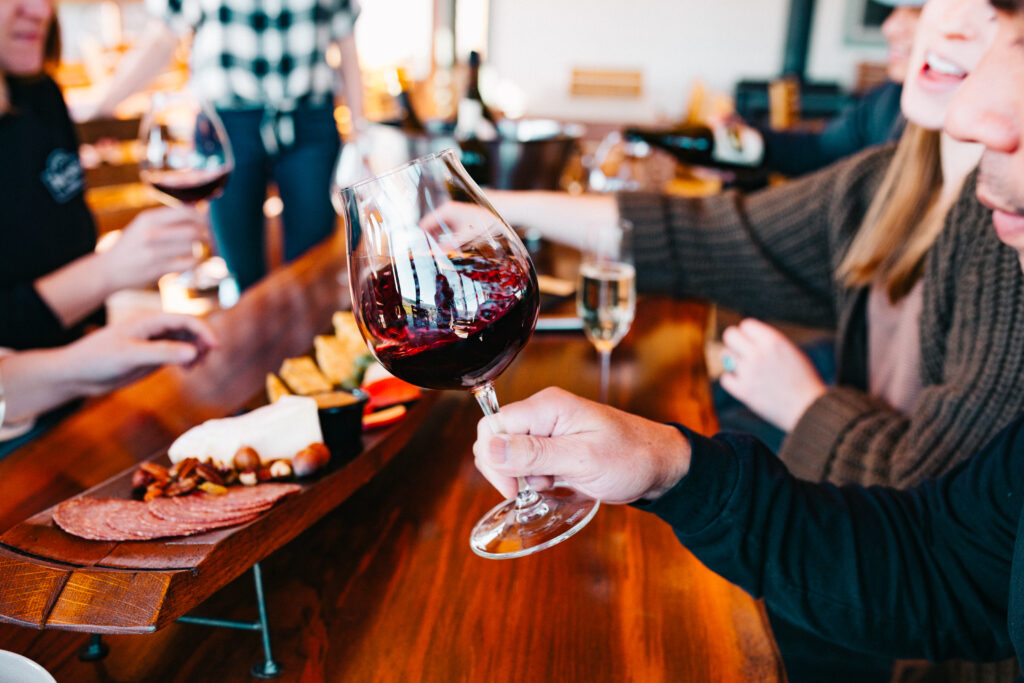
There are many ways to educate yourself on the world of wine; there are a plethora of books, the internet has endless resources, and wine 101 classes are widely available. But, one of the easiest and quickest ways to gain some basic knowledge about wine is to be taught the tricks of the trade from a wine professional or wine expert. The next time you’re out tasting wine, ask your server or bartender to share a trick of the trade with you – wine professionals love to share their knowledge with inquiring wine drinkers. Some of the many tips and insider how-tos are listed in this piece, so read on to learn a few tricks of the trade and begin to feel confident in your wine knowledge when sharing a bottle with friends.
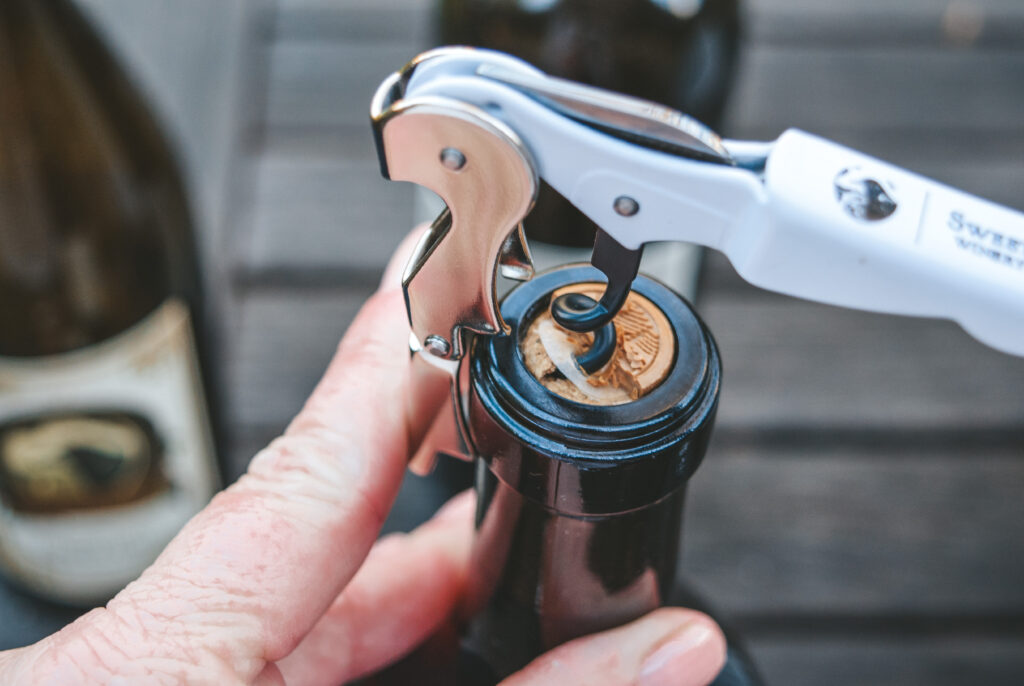
The Waiter’s Corkscrew (also known as the Waiter’s Wine Key [great insider term] ) is a double-hinged wine bottle cork pulling dream machine. It’s consistently touted by wine professionals as being one of the best wine keys on the planet. The double hinge/two-step mechanism means a cork will rarely break, its sharp blade removes foil easily and it is durable and built to last (I’ve had mine for over twenty years), and it is affordable.
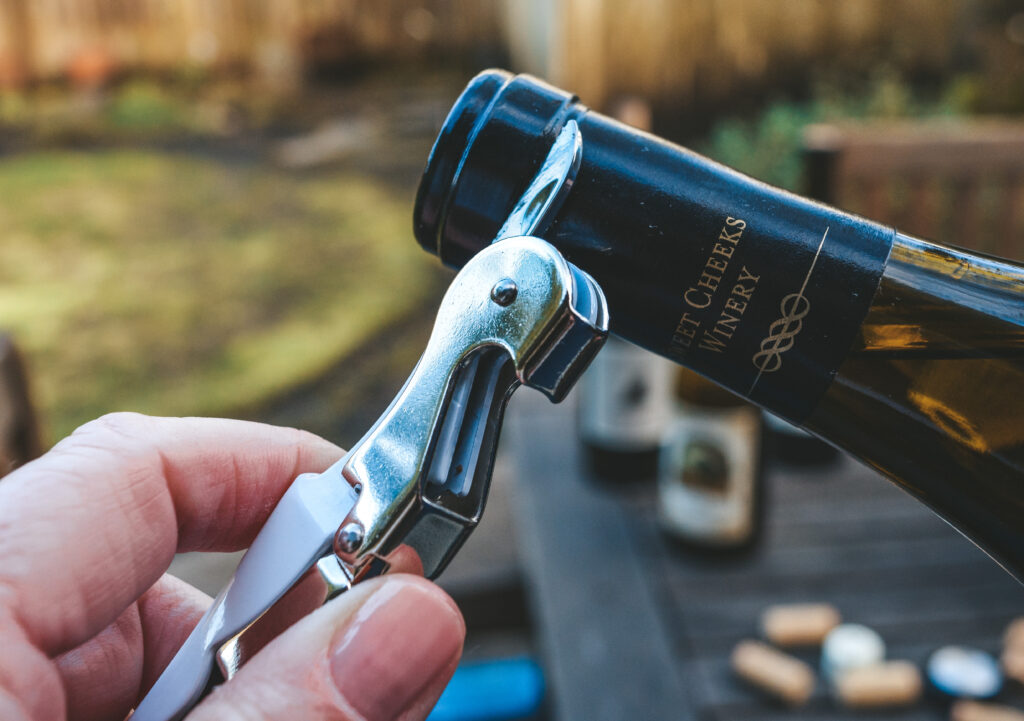
The foil wrapping that sits around the top of the bottle’s next is called a capsule. There are three methods commonly used to remove the foil:
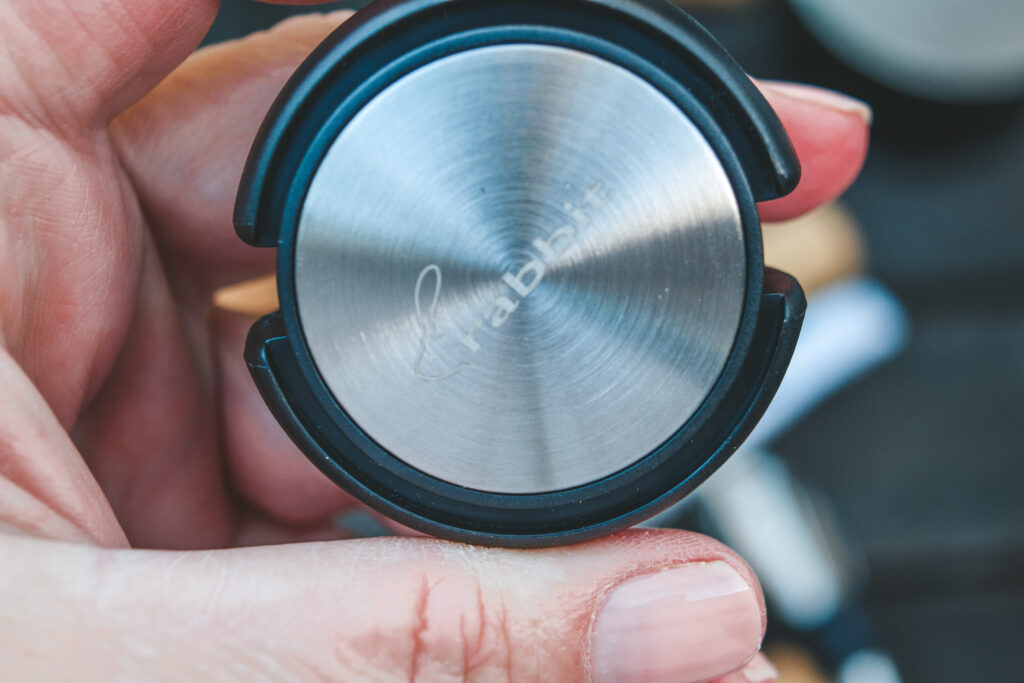
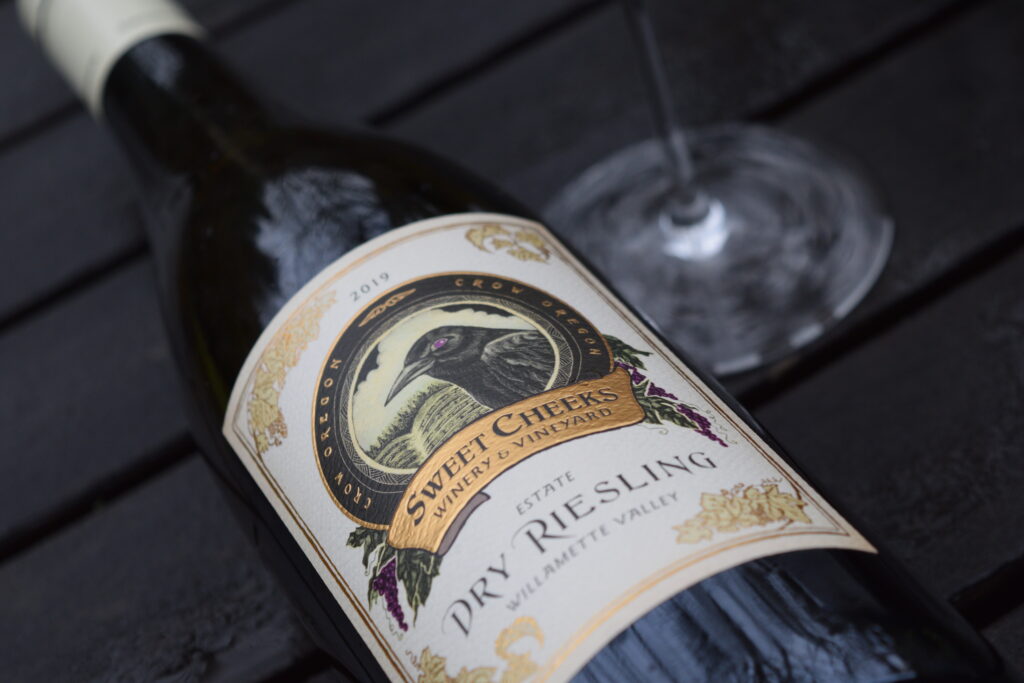
Oftentimes, in both white wine and red wine, sediment (grainy or crystalized) is found on the underside of the cork as well as in the bottom of a bottle or glass of wine. In white wine, it appears crystallized and is sometimes referred to as “wine diamonds.” In red wine, it’s dark-colored grainy (or clumpy), and is usually referred to as lees. Sediment is a completely natural byproduct of winemaking – it is nothing more than grape skins and seeds (red wine) and tartrate crystals (white wine) – formed when tartaric acid (a natural component of grapes) attaches itself to potassium when exposed to cold conditions. Have no fear, sediment/lees/wine diamonds are all completely harmless and simply indicate the wine has not been through loads of harsh treatments; therefore, sediment is a good thing and likely reveals that the wine is high quality.
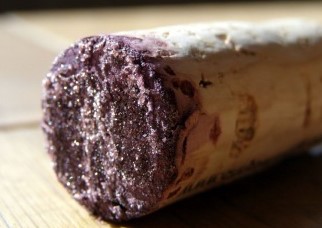
Using our senses to taste through wine will ultimately enhance our wine tasting experience. The three senses that we use are sight, smell, and taste, also known as swirl, sniff, and sip. Using these three senses will help us to better understand what’s in our glass, and as wine professionals, this is one of the most important aspects of our jobs. The three steps to follow when evaluating the wine in your glass:
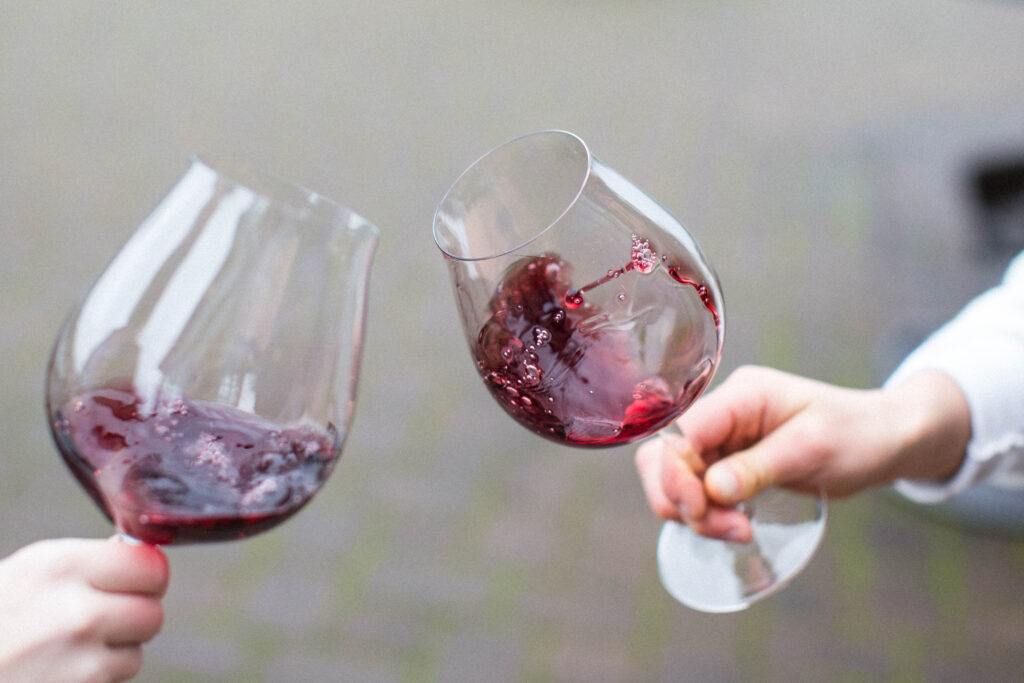
Knowing these simple tricks of the trade will certainly enhance your wine drinking experience and may also make you look and feel like a pro. While feeling and looking like a pro certainly has its benefits, there’s nothing more beneficial than knowing that when the cork is pulled on a bottle of wine, people come together and have great conversation while creating lasting memories. “Drinking good wine with good food in good company is one of life’s most civilized pleasures.”— Michael Broadbent
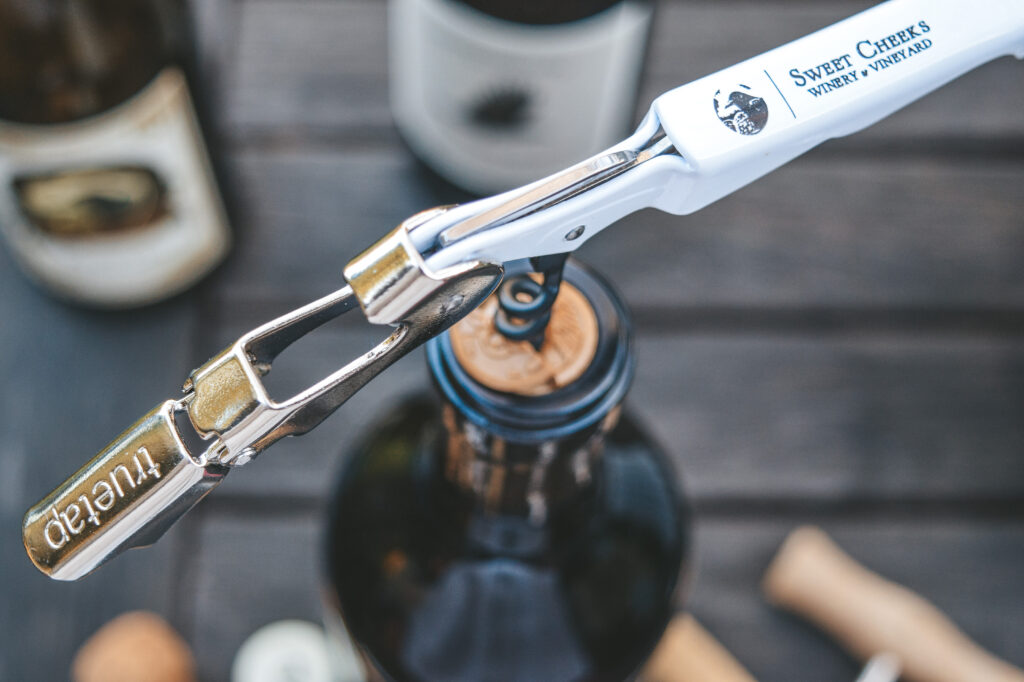


That First Date 10. You’re nervous for your first date with that super cute person in marketing and second guessin...
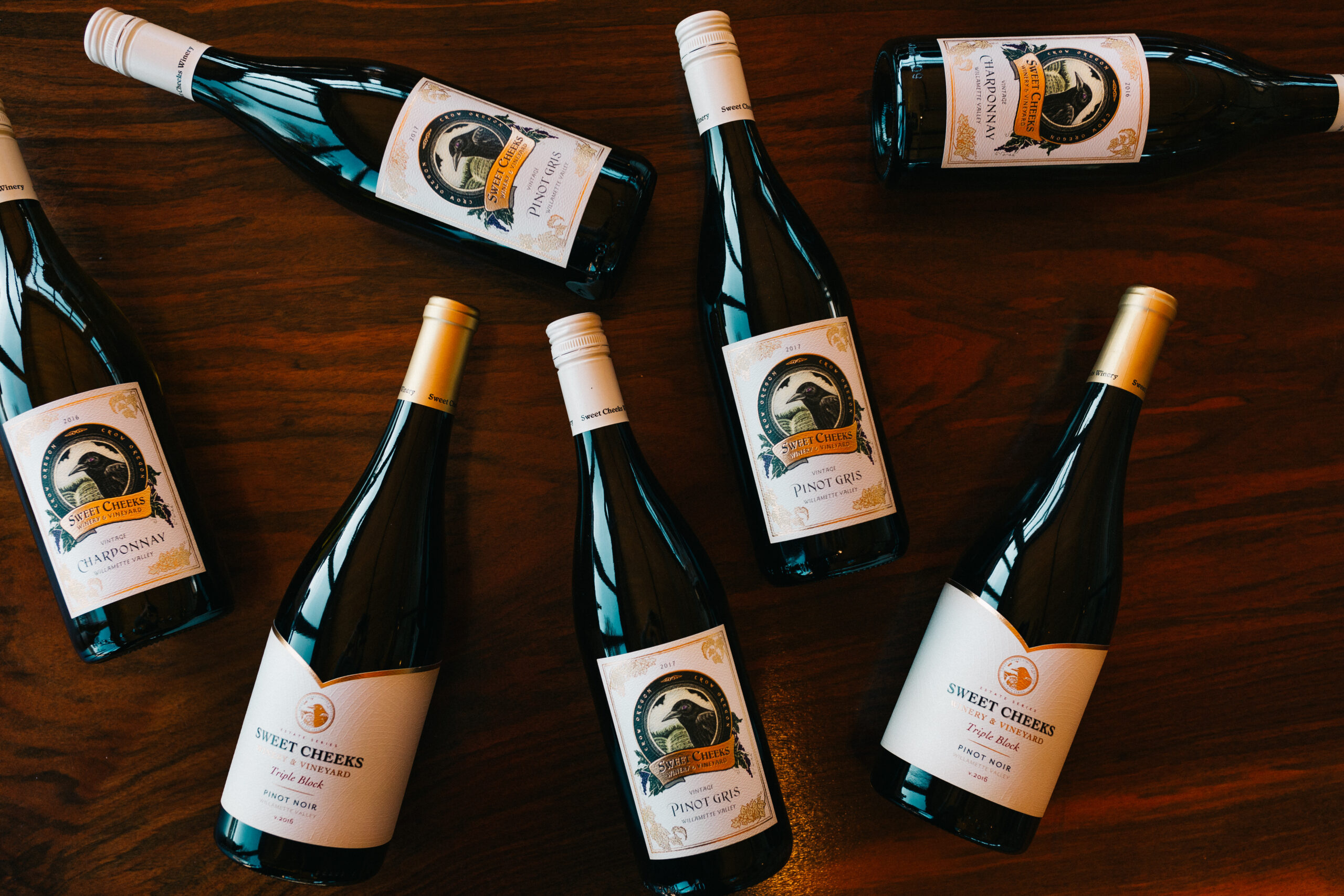
We had the pleasure of hosting Chef Isiah Martinez, founder of Yardy Eugene, for a delicious evening of Afro-Caribbean c...

Waiting patiently in the doorway leading from the newly-built tasting room to the grassy area where he hoped to build a ...

Sign up for our newsletter and be the first to know about new wine releases, special events, and sales.
Open Daily
11:00am – 6:00pm
We may use “cookies” to track your preferences and activities on our website to personalize your experience to better serve you.
Learn more.